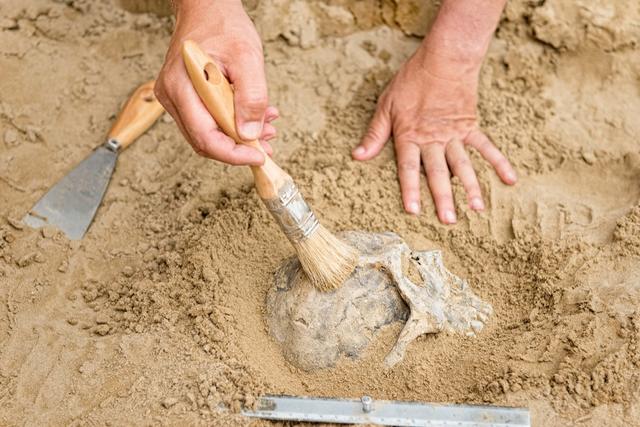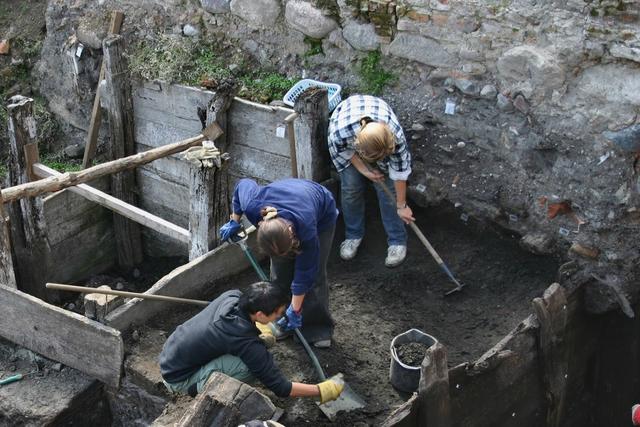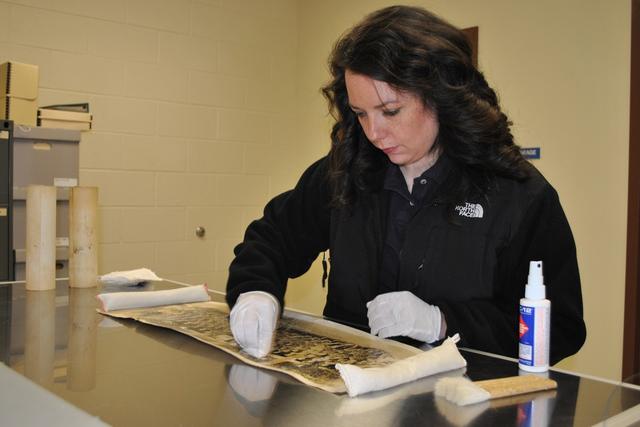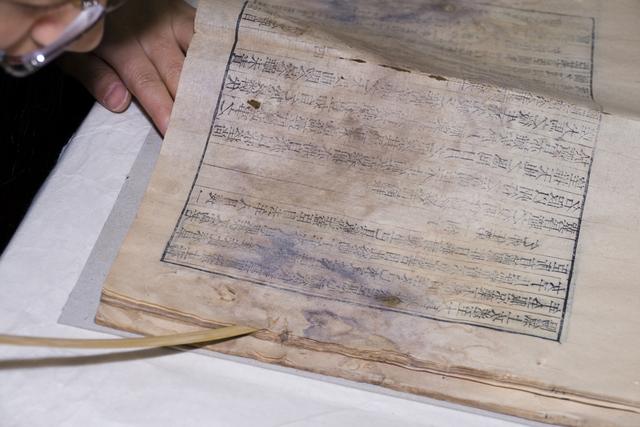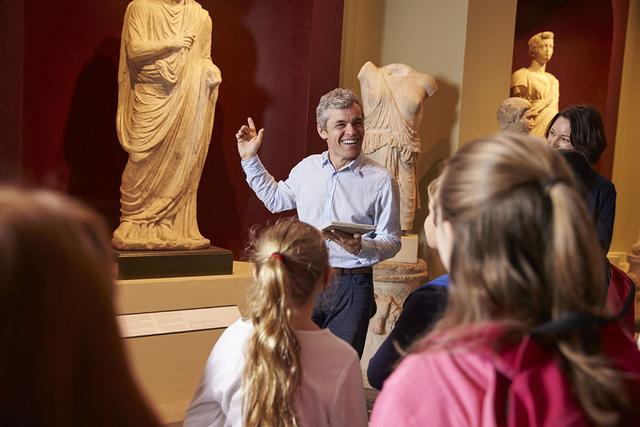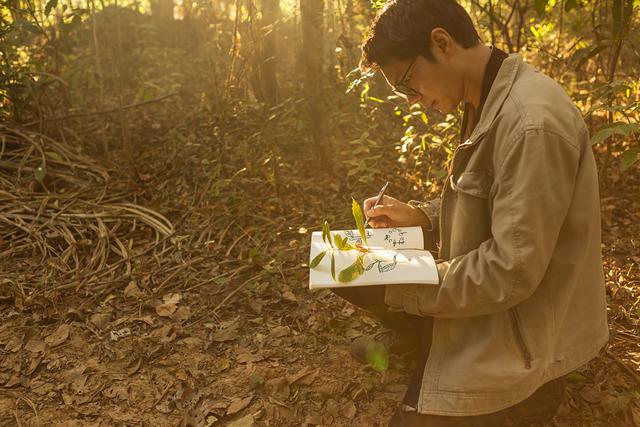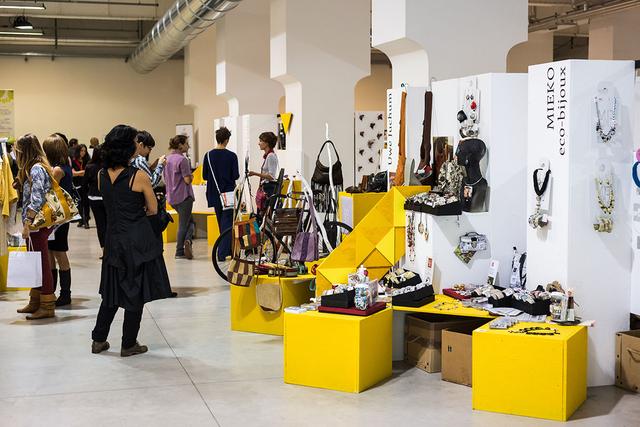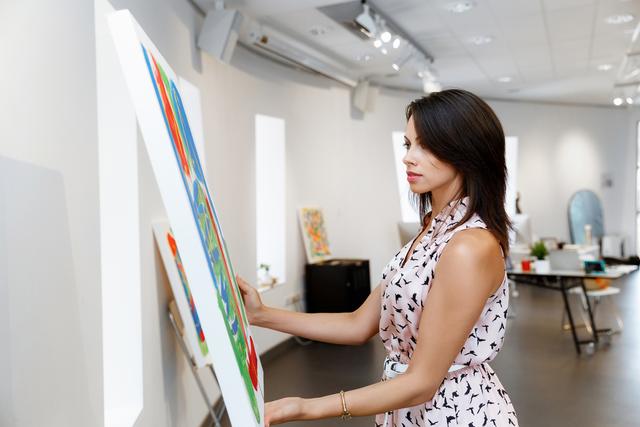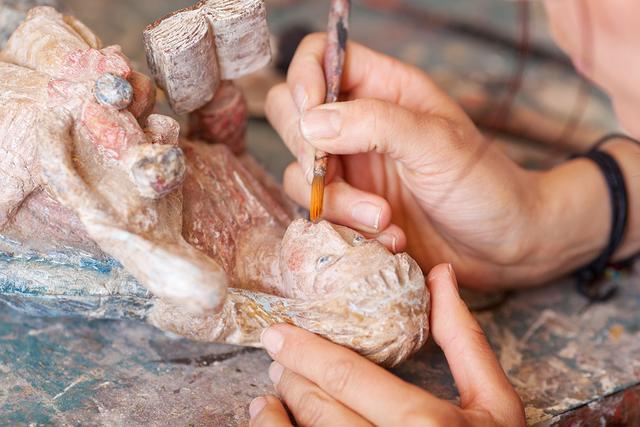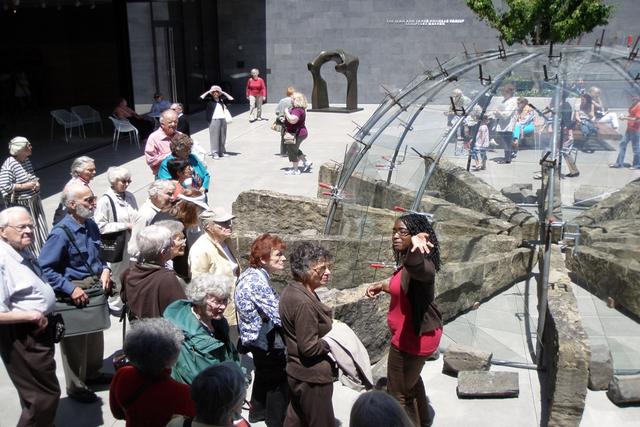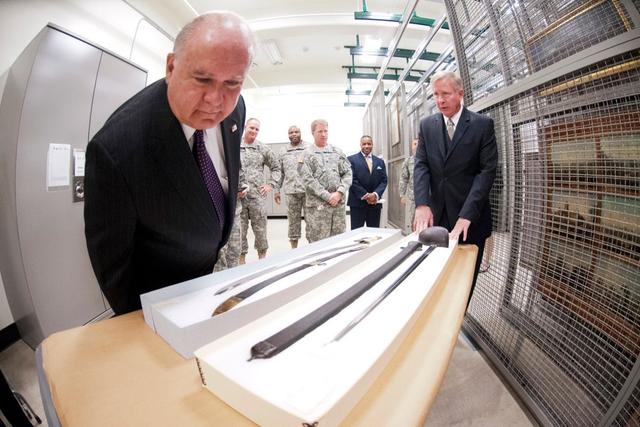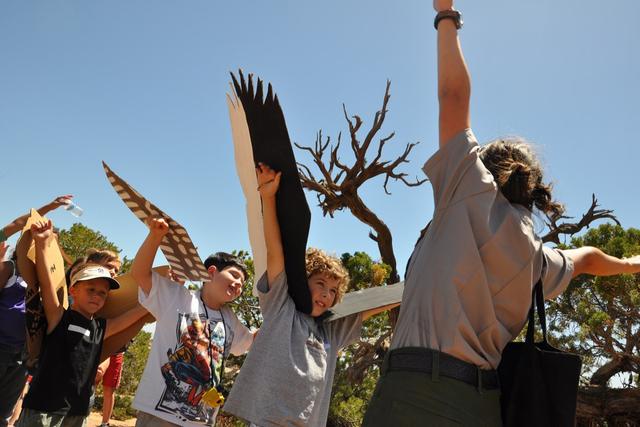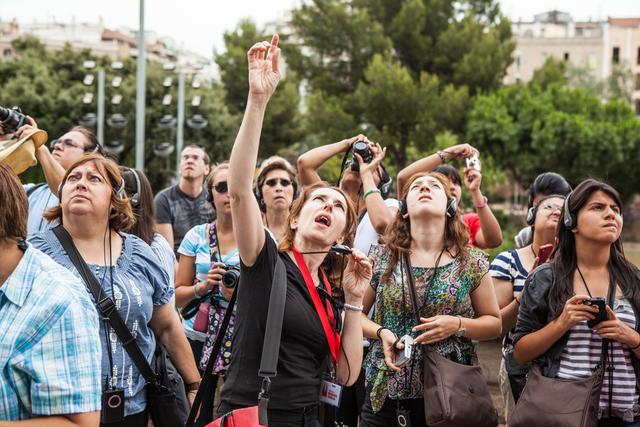Museums and Cultural Centers

Overview
The key goal of museums and cultural centers is educating people about both the past and present, accurately portraying cultural diversity, and searching for universal elements that unite people from different backgrounds. These institutions are found across the country, in small communities and large metropolitan areas, often near important historical sites.
Generally, museums have permanent collections and develop exhibits on these collections. Museums may also have areas designated for temporary exhibits, live performances, study programs, and meetings of community groups. Cultural centers often have more temporary exhibits than permanent ones and designate a larger proportion of their space for live performance, film showings, studio classes, discussion groups, and use by community artisans than museums.
Some small museums and cultural centers may be open only a few hours a week, staffed by one or two people and volunteers while major institutions operate like corporations with large staffs and extended hours. Most museums and cultural centers are nonprofit, so their financial support comes from donations, philanthropic foundations, and from federal, state, and city agencies; consequently, museums and cultural centers are concerned with the interests of taxpayers in their communities.
Among employees in these institutions are curators and archivists, professionals who administer the permanent collections of museums and cultural centers. Museum administrators who work to develop the concepts behind each exhibit showing in the facility, and staff members including exhibit developers and museum technicians who create the various exhibits based on the information provided by the administrators. Marketing and advertising professionals work in the publications departments of museums and cultural centers to produce materials for books or souvenirs to be sold in the facility's store, or to promote new exhibits or events to attract visitors to the...
